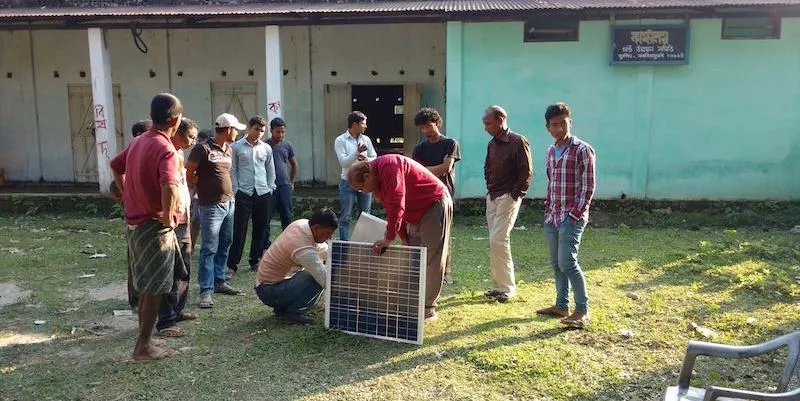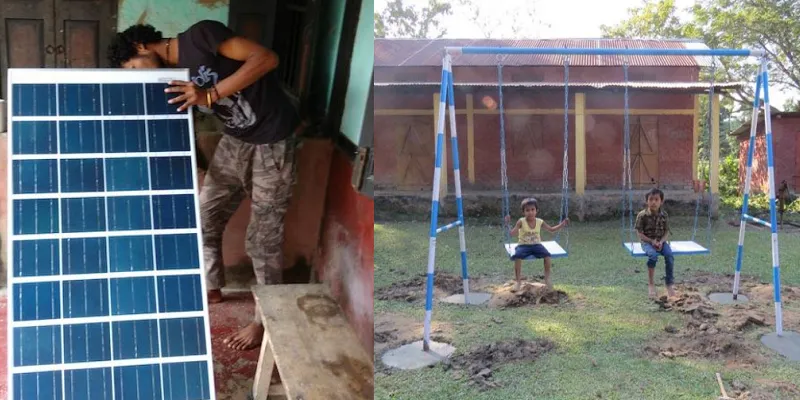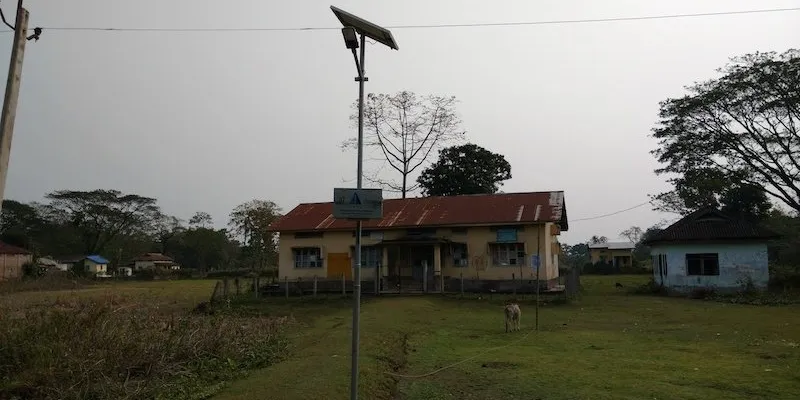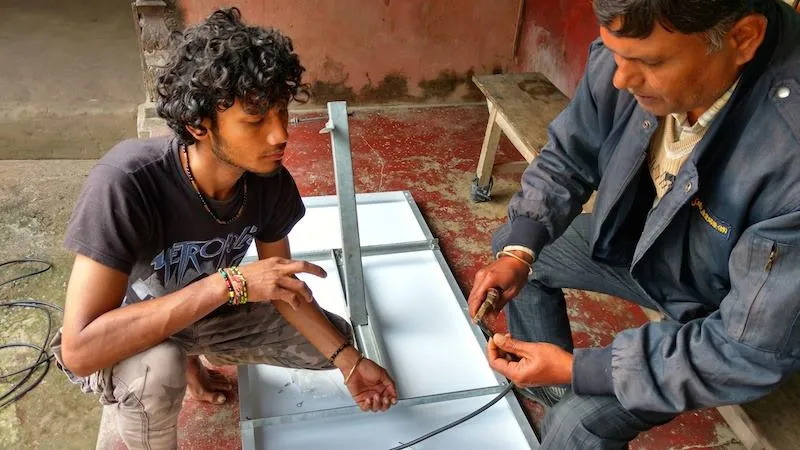How a backward Assamese village became India's first smart village
An insurgency-hit village in Assam’s Himalayan foothills where the residents suffered stomach ailments due to the iron-contaminated water and only 10 percent of its 250 households had proper sanitation facilities is now cited as the first ‘smart village’ in the entire northeast, thanks to two non-resident Assamese and a veteran journalist, reported The Economic Times.

On the international border with Bhutan, Barsimaluguri in Baksa district, one of the four Bodoland Territorial Area Districts ( BTAD) administered by the Bodoland Territorial Council (BTC), has just 234 families. “It was a typical village – backward in every sense. A baseline study said only 10 percent (households) had sanitary toilets,” said Mrinal Talukdar a journalist with over 25 years of experience. Mrinal currently heads NGO Nanda Talukdar Foundation (NTF).

The NTF, which has been involved since 2015 in direct grassroots intervention through corporate social responsibility (CSR) initiatives by adopting backward villages and turning them into model villages, zeroed in on Barsimaluguri for its next project. “We wanted an insurgency-infested yet reachable place from Guwahati within a radius of 150 km due to logistical reasons. We were interested in the north bank of the Brahmaputra river in the foothills of Bhutan… an area not many people venture out even today,” said Mrinal. The village in Baksa, 80 km from Guwahati, fit the bill.

The foundation roped in Anirudh Goswami, working in Delhi, and Surajit Dutta, based in Bengaluru, for a project to turn backward Barsimaluguri into a modern village full of facilities. Anirudh provided technical and organisational support to the NTF, which managed to convince a leading financial PSU to fund the initiative, while Surajit served as the project leader.

The NTF project was shortlisted by Himachal Pradesh-based consultancy HIMCON, which in turn roped in donor India Infrastructure Finance Company Limited (IIFCL) to underwrite it. Mrinal said the foundation decided to work on 4-5 aspects to make it a model village — safe drinking water, total sanitation, alternative power, skill development and employment generation besides improving facilities for sports and education.
To stay updated with more positive news, please connect with us on Facebook and Twitter.







